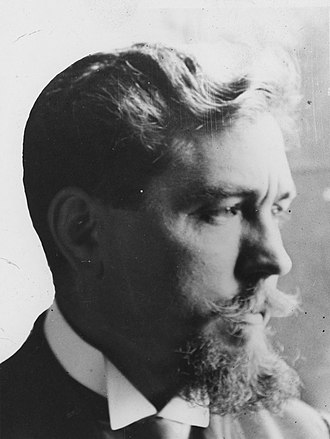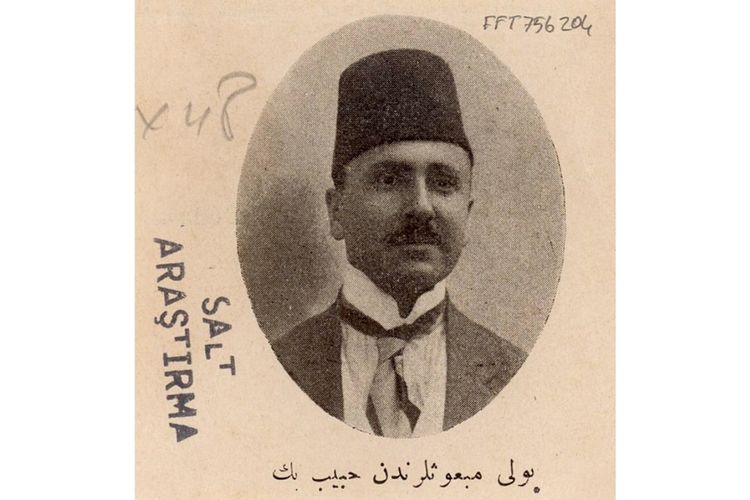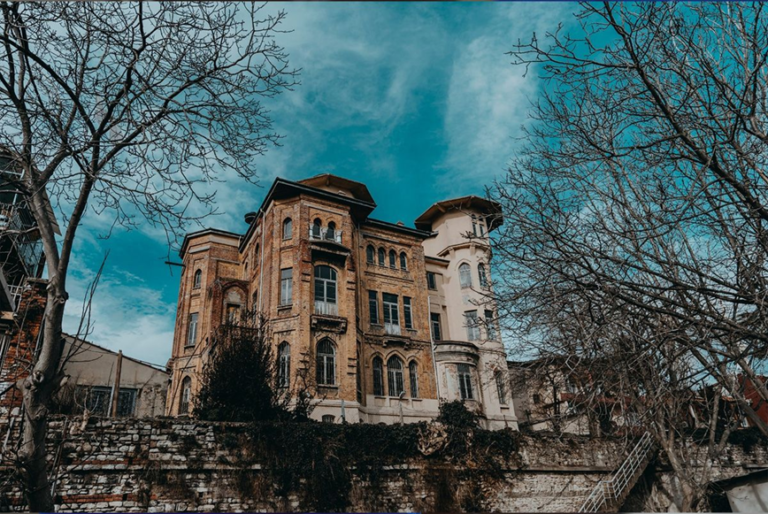Neoclassicism, its influence evident in architecture, emerged in the late 19th and early 20th centuries. This style aimed to blend local Turkish elements with Ottoman influences—sometimes referred to as “New Ottomanism” by some circles. It was predominantly seen in public buildings. Key figures of this movement include Kemaleddin Bey, who studied in Germany and contributed to numerous works including the Laleli Apartments and the 4th Vakıf Han, and Vedat Bey, who trained in France and designed landmarks such as Haydarpaşa and Moda Piers and the Sirkeci Post Office. Thanks to these pioneers, the Neoclassical style spread significantly. Known also as the First National Architectural Movement, this style first made its mark during the Ittihat ve Terakki period (1908-1918), which aimed to modernize Istanbul. During this period, not only buildings but also parks and squares in Istanbul underwent modernization. After World War I, the occupation of Istanbul by the Allies, and the Turkish War of Independence, the modernization efforts were continued by French architect Henri Prost with his Prost Plan. Particularly after the 1930s and into the mid-20th century, this architectural style gradually gave way to the dominance of reinforced concrete techniques. One of the most striking examples of the Neoclassical Turkish style in Istanbul is Bulgur Palas, located on the city’s seventh hill, Kocamustafapaşa. Originally named after its patron, Mehmet Habip Bey, a member of the 3rd and 4th Ottoman Parliament and known as the “Bulgur King” due to his wealth from grain trade, the building is often referred to as Bulgur Palas. Designed in 1912 by Giulio Mongeri, an important representative of Neoclassical Turkish architecture, the building was not completed due to financial burdens and was transferred to the Ottoman Bank after Habib Bey’s death in 1926. The bank used the building as an archive house and quarters for a time, and in 2001, it was transferred to Garanti Bankası. For about 20 years, the building remained a private property with restricted access. However, in 2021, it was purchased by the Istanbul Municipality and reopened to the public on February 28, 2024, featuring a library, exhibition space, café, and an observation terrace offering stunning views of the city.
One of the most striking examples of the Neoclassical Turkish style in Istanbul is Bulgur Palas, located on the city’s seventh hill, Kocamustafapaşa. Originally named after its patron, Mehmet Habip Bey, a member of the 3rd and 4th Ottoman Parliament and known as the “Bulgur King” due to his wealth from grain trade, the building is often referred to as Bulgur Palas. Designed in 1912 by Giulio Mongeri, an important representative of Neoclassical Turkish architecture, the building was not completed due to financial burdens and was transferred to the Ottoman Bank after Habib Bey’s death in 1926. The bank used the building as an archive house and quarters for a time, and in 2001, it was transferred to Garanti Bankası. For about 20 years, the building remained a private property with restricted access. However, in 2021, it was purchased by the Istanbul Municipality and reopened to the public on February 28, 2024, featuring a library, exhibition space, café, and an observation terrace offering stunning views of the city.  Visitors can enter the building via a QR code available on the “Istanbul Senin” app, under the İBB Kültür section. The app’s QR code also provides access to free coffee at the café located on the library’s second floor. The building is open daily except Mondays from 10:00 AM to 7:00 PM, with the library open until 9:00 PM. Located within walking distance from Fatih center, visitors may pass by the tomb of Molla Gürani, one of Fatih Sultan Mehmet’s teachers. In a city where urbanization has led to significant congestion, Istanbul still holds countless hidden and discoverable gems like this. I hope this article serves as motivation to explore these fascinating sites.
Visitors can enter the building via a QR code available on the “Istanbul Senin” app, under the İBB Kültür section. The app’s QR code also provides access to free coffee at the café located on the library’s second floor. The building is open daily except Mondays from 10:00 AM to 7:00 PM, with the library open until 9:00 PM. Located within walking distance from Fatih center, visitors may pass by the tomb of Molla Gürani, one of Fatih Sultan Mehmet’s teachers. In a city where urbanization has led to significant congestion, Istanbul still holds countless hidden and discoverable gems like this. I hope this article serves as motivation to explore these fascinating sites.
Güncellemelere Abone Olun
Flaneur'dan iş dünyasına dair en son yaratıcı haberleri alın.
Previous ArticleNeo Anatolia: Amasya King’s Rock
Next Article Life with Water: The Routines of a Swimmer
İlginizi Çekebilir
Add A Comment


